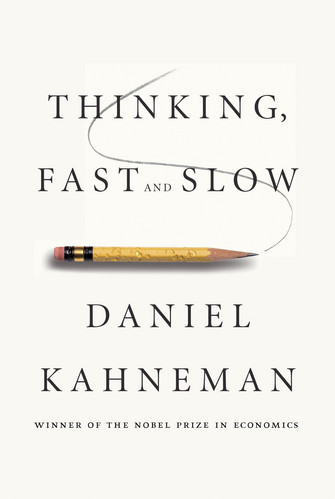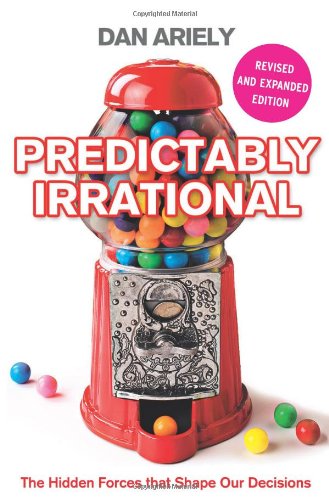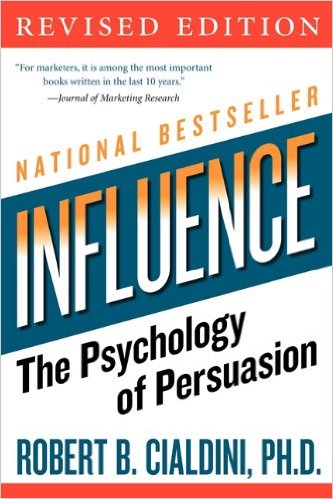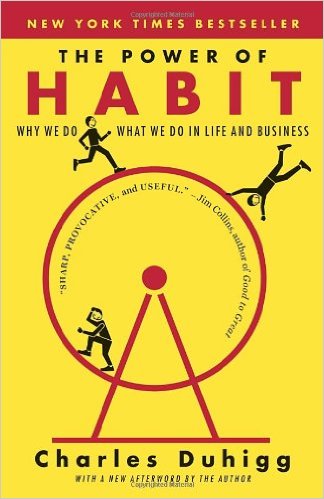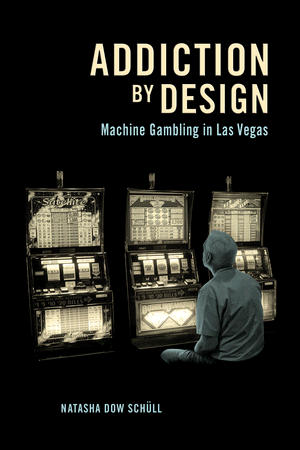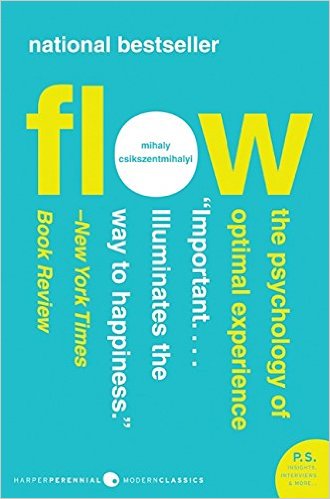There are many good reads on game and product design. You can check out The Art of Game Design by Jesse Schell, Hooked by Nir Eyal, A Theory of Fun by Raph Koster, just to name a few.
However, I have discovered many design ideas in behavioral economics, psychology, and marketing literature. In the list below you will find my top 6 books, and each carries dozens of good ideas for the savvy product/game designer professional.
1. Thinking Fast and Slow – Daniel Kahneman
This is the groundbreaking book of Nobel prize winner and father of behavioral economics, Daniel Kahneman. Reading Kahneman is like peeking inside your own user manual and finally understanding (beginning to) how you operate. In this masterpiece you will learn that we try to avoid thinking at all costs, why we are afraid of losing more than we are thrilled to gain, and why we are always too optimistic about our own project length estimations.
What’s in it for the game/product designer?
Digital products, especially games, are all about crafting experiences for the users. The better you understand how your users think, the better experiences you’ll be able to create.
Kahneman grants you the superpower of reading your users’ minds.
No time to read the book?
Here’s a short, animated review (9 minutes) and, even better, Kahneman’s talk at Google (1 hour).
2. Predictably Irrational by Dan Ariely
How do you know that someone is reading one of Ariely’s books? He’ll f***ing tell you about it. Dan Ariely’s funny and witty stories about the surprising nature of the human mind are hard not to blab about with everyone you know. Ariely’s storytelling talent makes the world of behavioral economics accessible to everyone.
What’s in it for the game/product designer?
Ariely’s experiments offer a wealth of inspiration for designers. If you want to know how to price your in-app purchases, are looking for A/B testing ideas to improve conversions or manipulate users’ decisions without them noticing it, Ariely has it.
No time to read the book?
Here’s a 19-minute video of Dan Ariely telling about it.
And, he even has his own card game!
3. Influence by Robert Cialdini
Dr. Robert Cialdini breaks down the psychology of influence to six principles: reciprocation, scarcity, authority, consistency, liking, and social proof. Each principle is exhaustively described with many useful examples that stick in the reader’s mind, ready to be deployed when needed.
What’s in it for the game/product designer?
I find it hard not to stumble on Cialdini’s principles when using digital products and games. A few examples:
- “Rare” cards in games like Clash Royale or Fallout Shelter use Cialdini’s “false scarcity” principle.
- Affiliate programs like Uber’s friends invitation play on the reciprocity principle.
- The education app Duolingo asks users to commit to their training intensity before they have even started training (consistency principle).
Cialdini’s book is full of game/product design ideas that are fully realized in today’s top-tier apps and services.
No time to read the book?
Watch this 11-minute short video instead!
4. The Power of Habit by Charles Duhigg
The bible of behavioural design. Nobel prize winner Charles Duhigg takes the reader on a journey that starts with a cue, continues as a routine, and ends with a reward. You’ll be amazed by how this simple workframe, cue-routine-reward, has myriad use cases. From the ability of a huge conglomerate to track down pregnant women only by their shopping habits, to the mission of one, slightly chubby, writer to stop eating his three o’clock cookie.
What’s in it for the game/product designer?
Making your game or service a part of your users’ daily routine is the holy grail of product design. The way to achieve it begins with this book.
No time to read the book?
Here’s Duhigg’s short TED talk.
5. Addiction by Design by Natasha Schull
This book takes you on a trip to the gambling Mecca of the world – Las Vegas. You will visit fancy casinos designed as mazes to keep players disoriented, gas stations and convenience stores where locals gamble for three days straight, maxing out credit cards, and the secret offices of the people in charge of this addiction madness. Of all places, the most interesting is the mind of the addicts, a place that Schull excels at describing with countless interviews and meaningful insights she has made in her 12 years of research.
What’s in it for the game/product designer?
The book paves the way to the mind of the digital games addicts. So if you ever wanted to be the Heisenberg of apps, you might want to take this book with you to your first cooking van.
No time to read the book?
Here’s a 30-minute talk with Natasha Schull in the Habit Summit
6. Flow by Mihaly Csikszentmihalyi
By now a classic, Flow describes a rare state of mind in today’s digital abundance: full concentration on the task at hand. While in the state of flow, time has no meaning, the weight of the body disappears, and the only thing that matters is the action in the moment.
What’s in it for the game/product designer?
You’ll find that the very basic rules of flow would apply to whatever game or product you are working on:
- Each moment of the activity must have a little goal.
- The rules for attaining that goal must be clear.
- The activity must give immediate feedback so that one has certainty, from moment to moment, on where one stands.
- The tasks of the activity must be matched with operational skills, bestowing a sense of simultaneous control and challenge.
It may not look like this at the start, but Flow is the best non-game design book about game design.
No time to read the book?
Listen to this 19-minute TED talk instead.
Do you have some more recommendations for stimulating game/product design books from other disciplines? Share them in the comments below.

